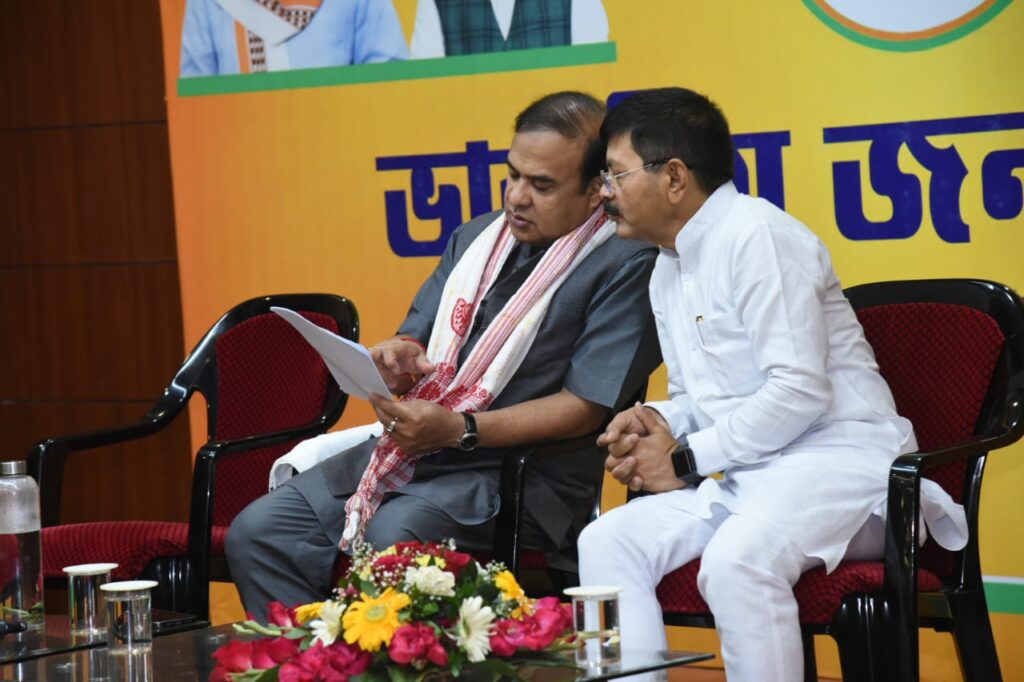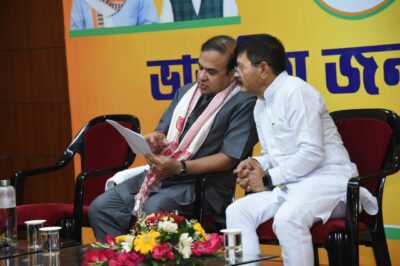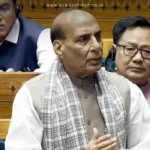
Assam Chief Minister Himanta Biswa Sarma has voiced serious concerns about the incentivization of illegal migration from Bangladesh by certain textile industry owners in India. Addressing the issue, Sarma highlighted that these practices, driven by the demand for cheaper labor, are contributing to the ongoing demographic and socio-economic challenges in Assam and other northeastern states. The situation is compounded by the economic instability in Bangladesh following the ouster of Sheikh Hasina’s government, which has led to the collapse of the textile sector there.
Economic Collapse in Bangladesh and Migration Patterns
The Chief Minister pointed to the economic turmoil in Bangladesh as a major factor driving the influx of migrants. The collapse of Bangladesh’s textile industry, once a significant contributor to its economy, has left thousands unemployed. This economic displacement has pushed many to seek opportunities across the border, with India emerging as a primary destination due to its burgeoning textile sector.
Illegal migrants, often desperate for work, are lured by promises of better wages and living conditions. However, their entry into the Indian labor market is frequently unregulated, creating challenges for local governance and community dynamics.
Role of Indian Textile Industry
Sarma alleged that certain textile industry owners in India are actively incentivizing illegal migration to meet their demand for cheap labor. Employing migrants at lower wages allows these businesses to reduce operational costs and remain competitive in the market. However, this practice raises ethical and legal concerns, as it not only contravenes immigration laws but also affects employment opportunities for local workers.
The influx of undocumented workers further complicates the socio-political fabric of Assam, which has historically grappled with issues related to illegal migration and cultural identity.
Implications for Assam
The unchecked influx of illegal migrants has several repercussions for Assam:
Demographic Shifts: The steady arrival of migrants alters the demographic composition of the state, raising concerns about cultural preservation and political representation.
Economic Impact: The availability of cheap migrant labor affects wage standards, often disadvantaging local workers who cannot compete with lower rates.
Strain on Resources: An increase in population, particularly of undocumented individuals, places additional strain on Assam’s infrastructure, public services, and social welfare systems.
Security Concerns: Illegal migration can potentially lead to issues related to border security and law enforcement, including the risk of trafficking and exploitation.
Government’s Stance and Actions
The Assam government, under CM Sarma’s leadership, has adopted a firm stance against illegal migration. The Chief Minister emphasized the need for stricter border control measures and greater accountability among business owners to prevent the exploitation of undocumented migrants.
Sarma called for enhanced coordination between the central and state governments to address the root causes of illegal migration. Measures include strengthening the border infrastructure, increasing vigilance, and implementing stringent penalties for businesses found employing illegal migrants.
The Need for Comprehensive Policy Solutions
While addressing illegal migration requires immediate action, experts argue that the issue needs a comprehensive policy approach:
Enhancing cross-border collaboration with Bangladesh to address economic disparities and create employment opportunities locally.
Promoting fair labor practices within India to reduce the incentive for businesses to employ undocumented workers.
Ensuring that immigration policies are humane and in line with international standards, while prioritizing national security and economic stability.
Conclusion
The allegations of textile industry owners incentivizing illegal migration highlight the complex interplay between economic demands and socio-political challenges. Assam’s leadership is navigating these complexities to safeguard the state’s resources, identity, and economic interests. By addressing the root causes and tightening regulatory frameworks, both India and Bangladesh can work toward a more sustainable and equitable solution to this pressing issue.








































Leave a Reply